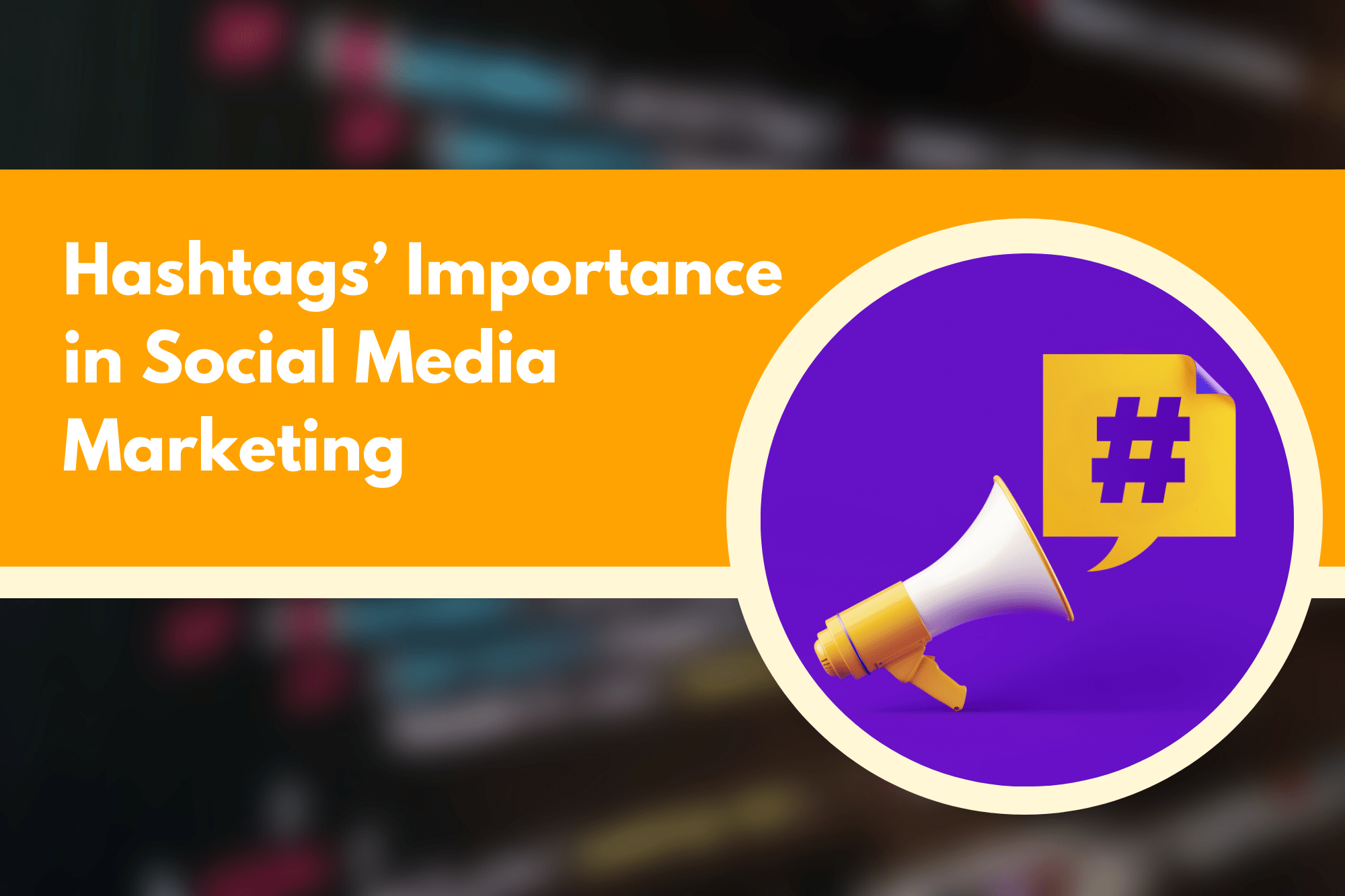Learn about the most recent mobile app development trends for 2020 and beyond.
Over the last few years, the use of mobile apps has skyrocketed. With the widespread adoption of modern smartphones, an increasing number of people are utilizing apps to order food, purchase tickets, conduct banking transactions, listen to music on the go, and so on. Today’s world is a digital one, where staying in touch with pals across borders is no longer a chore, and as the number of mobile apps grows, so does our ability to complete formerly difficult activities. In this article, we’ll look at some mobile app development trends to watch in 2020.
Mobile app developers should keep an eye out for a number of exciting mobile app development trends in 2020. 2020 has a lot in store for consumers and developers alike, from brand new technologies to older ones finding their feet and a flurry of new programming languages.
15 Mobile App Development Trends to Watch
1. Machine Learning and Artificial Intelligence Will Continue to Advance
Artificial intelligence is not a new concept, and it will continue to gain traction in the future years as more industries adopt it. The International Data Corporation predicts that the AI market will reach $40 billion by 2020, and that global spending on AI and cognitive systems would reach $77.6 billion by 2022, according to IDC!
- Advertisement -
2. Blockchain Technology Will Become More Popular
In recent years, blockchain technology has been improved further, and this trend is projected to continue in the coming years. This technology has already provided significant benefits to major financial organisations and investors, particularly when it comes to their assets. According to Transparency Market Research, the blockchain technology market will reach $20 billion by 2024. This suggests that in 2020 and beyond, mobile applications will increasingly rely on this mobile application technology.
3. On-Demand Apps are becoming more popular
On-demand apps serve as intermediaries between service suppliers and clients. In 2020, the app world will become more fascinating as more vendors enter the market with on-demand apps. Uber and Taxify are two companies that have benefited greatly from on-demand app services in recent years. According to Appinventiv, the market for on-demand apps reached $106.83 million in 2017. According to tech analysts, this trend will continue through 2020 and beyond.
4. The Use of Chatbots Will Be Widespread
- Advertisement -
Chatbots are expected to take over various different communication lines in the mobile app industry, according to the newest trends in mobile apps. The requirement for real-time engagement between service providers and customers accounts for some of the rising chatbot use. It’s worth noting that this technology eliminates the necessity for face-to-face conversation.
According to Gartner, by the end of 2020, chatbots will be responsible for 85 percent of all customer service interactions. Another intriguing (or concerning) prediction is that people will come to communicate with chatbots more than they will with their relationships.
5. Wearable Apps are gaining more traction
- Advertisement -
Wearable technology is becoming more popular all around the world. According to statistics, the number of wearable gadgets would increase to 929 million by 2021, from 453 million in 2017. Wearable devices and apps are likely to become commonplace in the near future.
Wearable gadgets, which are dominated by smartwatches, are projected to continue to attract app developers. More wearable gadgets with increasingly sophisticated software and technology are expected to hit the market in 2020, ranging from fitness bands to watches and movement trackers, among other things.
6. Apps that can be downloaded in a matter of seconds will proliferate
User-friendly and memory-efficient services come to mind when thinking of mobile apps. Instant apps are native mobile applications that are easier to use, have a smaller file size, and are more convenient than standard apps. This is due to the fact that there is no need to download immediate apps. These apps are available and accessible without the need to download the specific app, as the name implies.
With more consumers wanting better user experiences and faster load times, 2020 will undoubtedly see a greater proliferation of instant apps, decreasing or even eliminating the time spent waiting for an app to install.
7. Virtual and augmented reality will be more widely adopted
Virtual Reality and Augmented Reality are here to stay, and adoption and dissemination of these technologies will accelerate in 2020. According to mobile app trends, AR and VR technology is being adopted for a variety of purposes other than only improving high-quality gaming applications.
In 2020, mobile app developers are expected to produce even more beautiful AR and VR mobile experiences, and with better and more compatible hardware on the horizon, the party is just getting started. According to Statista, the global AR and VR market will grow from $27 billion in 2018 to $209 billion in 2022.
8. The Development of Accelerated Mobile Pages (AMP) Will Be Sped Up
Google and Twitter are leading an open-source initiative called accelerated mobile pages (AMP) to improve the performance of web pages on mobile devices. Accelerated Mobile Pages is a technology that allows lightweight pages to load faster on smartphones and tablets. You may anticipate mobile app developers to employ this technology more in 2020 to reduce load times on mobile devices.
9. There Will Be More Mobile Payment Services
In 2019, demand for mobile wallet apps and payment gateways grew dramatically, and this trend is expected to continue throughout 2020. Mobile phone users prefer the frictionless payment methods that mobile wallet apps enable, and all kinds of apps are now incorporating payment gateways, which is fundamentally changing the way people shop.
Mobile payment services such as Google Pay, Apple Pay, PayPal One Touch, Venmo, and Square Cash are all expected to grow in popularity as new trends in mobile apps emerge. Every successful and popular mobile app today incorporates at least three or four valid payment methods, such as credit/debit cards, gift cards, and mobile wallets. In 2020, mobile payment services are expected to grow even more.
10. Even more possibilities will emerge as a result of the Internet of Things
The Internet of Things, or IoT, is already well-established, and more than 5 billion people are likely to use IoT-driven technology in some form or another over the next five years. Modern wearable technology, smart thermostats, smart lamps, dimmable streetlights, and other IoT devices are all available today.
Mobile app development publications predict that this technology will be widely embraced in the future year, enabling for more tailored user experiences across a wide range of devices.
11. Platforms for cloud storage will continue to grow in popularity
There aren’t any surprises. Everyone has heard about the advantages of cloud technology and how it can improve our collective lives, from the common consumer to the tech professional. Cloud computing is becoming a viable option for both huge corporations and little mom-and-pop shops, as it is quick, simple to deploy, and economical. Cloud application development will increase in 2020, with emerging technologies adopting cloud technology at a faster rate.
Dropbox, OneDrive, and Google Drive are only the tip of the iceberg when it comes to cloud storage. New sophisticated apps that run directly on the cloud and take up less storage space on mobile phones are expected in 2020. Data synchronization, or working on an app on a phone and then continue it on a tablet or laptop, will become more common.
12. Mobile apps for businesses will be given a new lease on life
It’s no longer a secret that an increasing number of developers are gravitating toward creating enterprise mobile apps. One of the main reasons for development is because such apps make it simple to keep huge teams linked as well as track crucial metrics and KPIs, which are now required in some form by almost every small and large company.
In comparison to the 19% of developers who work on consumer-focused apps, 43% of commercial app developers earn more than $10,000 per month. Enterprise app shops are expected to be the next big thing, since increasing B2B contact will provide new developers with a huge opportunity.
13. Wi-Fi services that are dependent on location will become more common
Mobile location services and beacon technologies are beginning to blur the lines between online and offline advertising, particularly in the retail industry. Apple had already implemented the technique as part of iBeacon, and Android followed suit in 2016.
Wi-Fi will be utilized for more than just internet access in the coming years, as more and more public hotspots also serve as location access points. App makers are anticipated to follow suit and create apps that take advantage of location-based Wi-Fi services.
14. m-Commerce Could Be the Next Big Thing
As e-commerce behemoths like Amazon and eBay grow in popularity, the use of mobile commerce apps is projected to rise in the coming years. Using a mobile phone to pay for purchases, among other things, will find easier acceptance as more handsets feature technology such as NFC, Fingerprint recognition, and so on. Developers will also be able to create m-Commerce apps that provide consumers with additional capabilities.
Read our post to learn about the many types of mobile payment solutions, their advantages, and future developments.
15. The Norm of the Day will be high-quality UX
Apart from a great look and feel, today’s smartphone consumers demand their apps to be more intuitive and give more relevant material that is tailored to their personal preferences. Developers will have to focus more on resolving pressing customer problems in the coming year, such as whether the app is secure enough or whether it requires too many user permissions, and so on.







